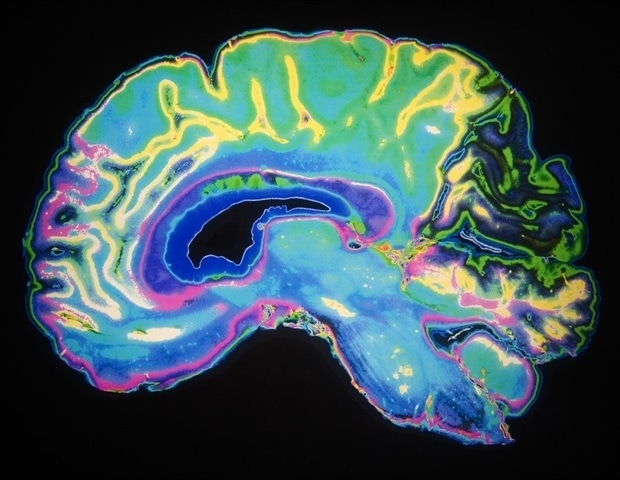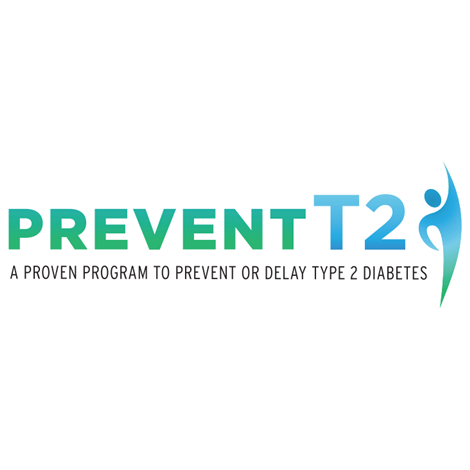Chawanpaiboon, S. et al. Global, regional, and National estimates of levels of preterm birth in 2014: a systematic review and modelling analysis. Lancet Glob Health. 7, e37–e46. https://doi.org/10.1016/s2214-109x(18)30451-0 (2019).
Summary
- A new case of chronic wasting disease (CWD) has been confirmed in a white-tailed deer harvested near Jaffray in the Kootenays
- This is…






![[Press release] Dramatic decline in new cases of orphanhood in Uganda driven by HIV treatment and prevention programs](https://afnnews.qaasid.com/wp-content/uploads/2025/10/350619dc-60db-4a6f-8287-8363a62f487c.jpg)